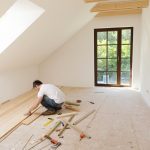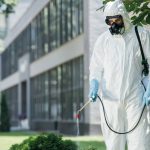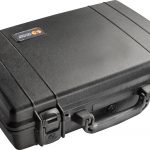When purchasing a new home, it’s crucial to think about having a mould inspection. This process differs from standard home inspections, and the cost depends on the house’s size. How much does it cost to inspect a home for mould? How can you determine if a mould inspection is worth the investment?
Various situations may warrant a mould inspection. Let’s explore when it’s necessary, what mould testing entails, and the average associated cost.
Also read: 18 Household Items to Treat as Hazardous Waste to Ensure Safety
What is mould?
Mold is a type of fungus that thrives in damp environments. It reproduces by releasing spores, tiny particles that can be as small as a single cell. These spores travel through the air until they land on a surface. Mold spores are present both outdoors and inside homes. Completely eliminating all mould spores without an extensive industrial clean room filtration system is nearly impossible.
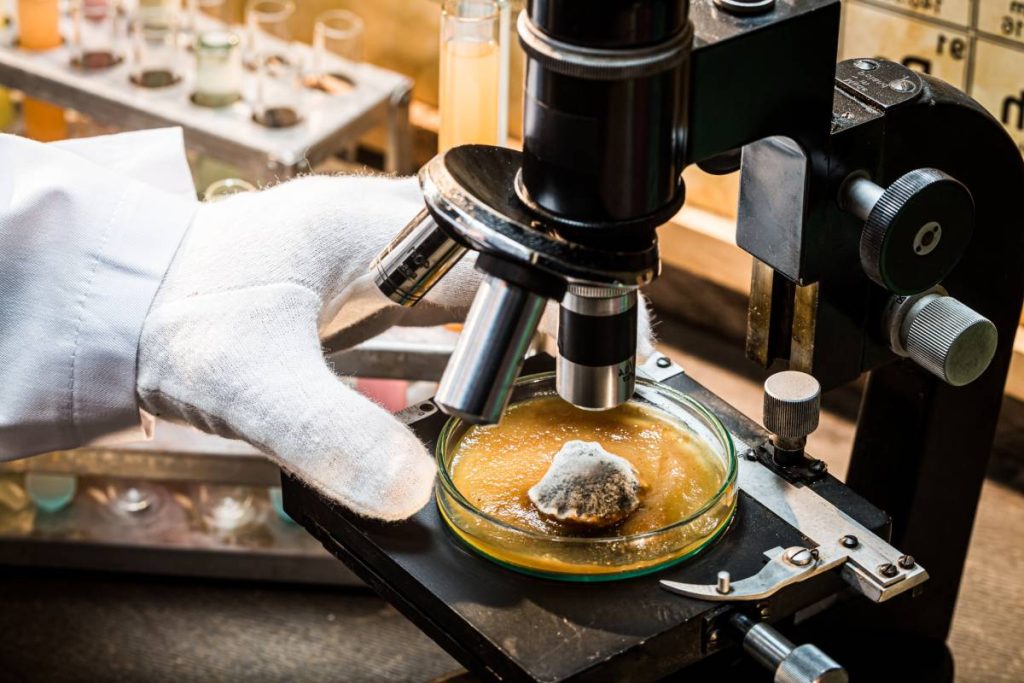
Fortunately, mould spores only develop into mould when they land on a moist surface. The key to mould prevention is promptly cleaning up spills, fixing the roof, plumbing, or HVAC leaks, and ensuring proper ventilation in your kitchen and bathroom to expel moisture from the house.
There are two primary reasons to address and remove any mould in your home: mould can damage the surfaces it grows on, and it may worsen allergies or asthma.
When to Check for Mould?
Detecting mould in your home is relatively straightforward – if you can see it, it’s there. Visible mould on walls indicates active growth and the release of more spores. Yet, mould may also be lurking in unseen places like ducts or between walls, forming tiny colonies that go unnoticed.
Certain situations should prompt you to investigate potential mould issues:
- Water damage: After incidents like a flooded basement, roof leaks, or a burst pipe, inspect for mould. Any area that stayed wet and wasn’t promptly dried (within 24 to 48 hours) could harbour mould.
- Buying a new home: The history of water damage in a potential home is often unknown. A mould inspection is the only way to determine if mould is present.
- After a period of vacancy: Homes closed and unoccupied for extended periods, especially in warm and humid regions, may accumulate humidity, fostering mould growth.
- Following mould remediation: After addressing a mould problem, regular inspections are wise to ensure complete eradication.
- Visible mould: If you spot green, blue, black, or white growth in your home, conduct a mould inspection to address the issue comprehensively.
What are the Differences Between Mould Inspection and Mould Testing?
In your research on mould, you might encounter services and costs related to both mould inspection and mould testing. Here’s a breakdown:
- Mould Inspection: Identifies the presence of mould and gauges the extent of the problem, usually in square footage.
- Mould Testing: Aims to identify the specific mould type and measure mould spore levels in the air. However, it’s essential to note:
- Achieving the controlled conditions required for accurate mould testing in a home is challenging, leading to varying results.
- Indoor spaces naturally have mould spores from the outdoors, resulting in a lengthy list of species, many of which may not be actively growing in your home.
- The EPA hasn’t set guidelines for an acceptable amount of mould or mould spores in homes. Some health departments recommend hiring professionals for visual inspections rather than relying solely on mould testing, as it may not always be reliable. Some states may mandate mould testing as part of inspections.
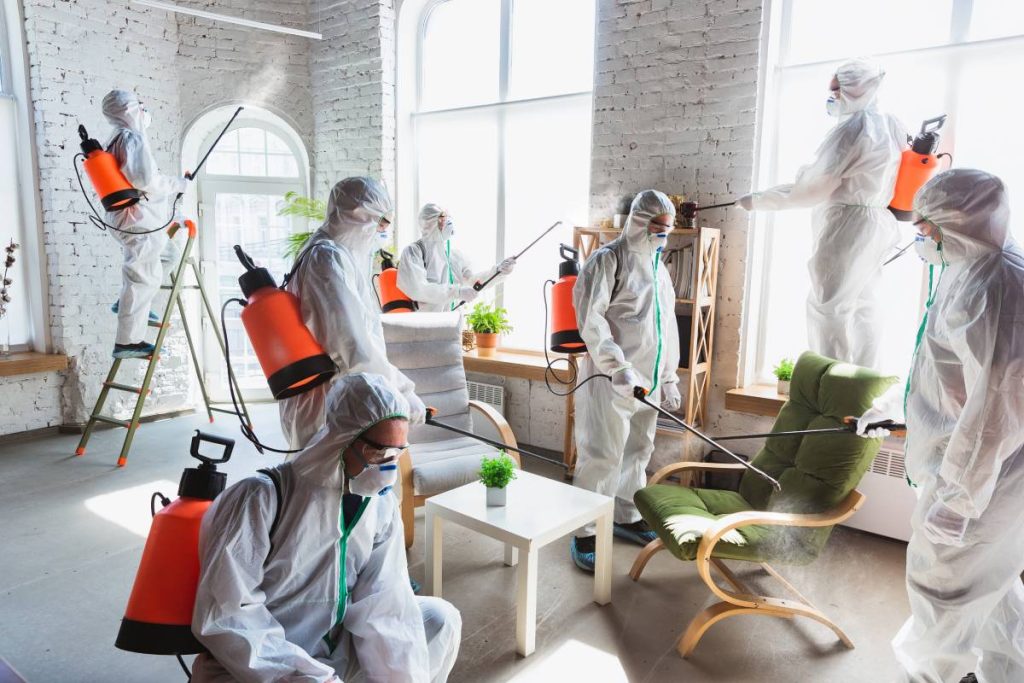
What Occurs During a Mould Inspection?
A mould inspection primarily involves visually examining a house, typically without the need for specialised equipment, except for a flashlight and occasional tools to access restricted areas. Mould inspectors may use cameras, and a moisture meter can be handy in identifying damp areas, especially post-remediation.
During a standard mould inspection, the inspector discusses any known mould or moisture issues with the property owner. Thoroughly examining the house, the inspector focuses on areas prone to mould growth. If mould may be hidden in inaccessible spaces, the inspector might need to remove parts of drywall or panelling for a closer look. Upon detecting mould, the inspector seeks the moisture source and collaborates with the homeowner to devise a remediation plan.
In some areas, mould inspectors require licensing or certification. It’s essential to choose an experienced contractor familiar with both mould inspection and remediation.
The EPA suggests that if you can see mould, a separate mould inspection may be unnecessary. Moving directly to remediation is an option without paying for an inspector to confirm what’s already evident. However, the remediation process typically involves determining the extent of the problem, effectively serving as a mould inspection.
What are the Factors Affecting Mould Inspection Cost?
Two primary factors influence the cost of a mould inspection: the size of the house and whether the inspector needs to remove or damage parts like drywall for a thorough inspection. Larger houses or those requiring invasive inspections will generally cost more due to increased time and effort.
Cost Breakdown
Mould inspection costs can vary slightly by region, but the variance is usually modest. In a specific region, you may find greater differences between individual contractors.
As a rough estimate, mould inspections typically cost about the same as a standard home inspection, ranging from $300 to $400 for small to medium-sized houses (below 4,000 square feet). Larger homes above 4,000 square feet may incur costs ranging from $700 to $900.
These figures pertain only to inspection and may not include testing. Opting out of unnecessary mould testing can result in cost savings. Some mould remediation specialists offer free mould inspections, expecting to be hired for the remediation work.
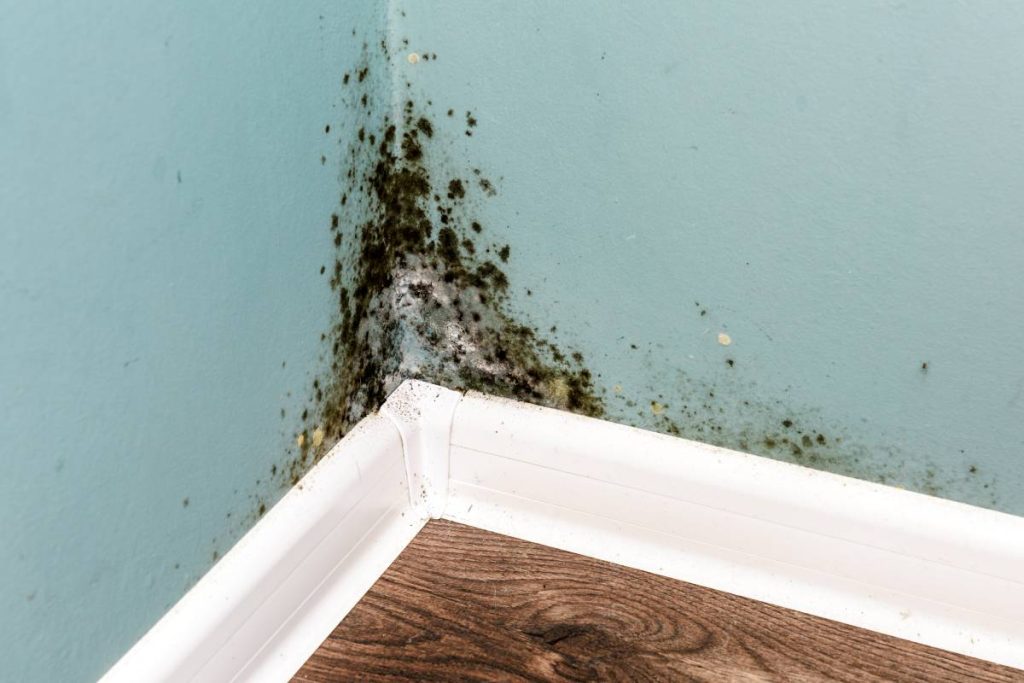
How to Choose the Right Mould Inspector?
When searching for a mould inspector, look for a contractor with specific expertise in both mould inspections and remediation. Inquire about their recent experience by asking how many mould remediations they’ve conducted in the last six months. Obtain estimates from multiple contractors in your area to compare prices and potentially save money.
Verify whether your state health or labour department mandates a special license or certification for mould inspectors. It’s crucial to work exclusively with properly certified contractors if such requirements exist.
After the Inspection
If mould is detected during the inspection, the next step is to create a remediation plan. This begins with eliminating the moisture source and fostering mould growth. Failure to address the moisture issue will result in the mould returning. Hard surfaces can be scrubbed and washed, while soft surfaces like carpets may need to be replaced, as mould is challenging to completely remove from porous materials.
Small mould areas may be manageable as a DIY project. However, if the contamination exceeds 10 square feet, the EPA recommends hiring a professional mould remediation contractor due to potential dangers and the need for specialised safety gear and equipment.
Preventing Mould
While mould removal can be a substantial task, prevention is the best solution. Follow these tips to prevent mould:
- Promptly Repair Leaks: Address roof leaks or water pipe issues promptly to prevent moisture from entering your home.
- Quickly Clean and Dry: If flooding occurs or condensation from an air conditioner affects carpets, ensure everything is dried within 24 to 48 hours to prevent mould growth.
- Control Humidity: Use a dehumidifier in the basement, run air conditioning during the summer, and install vents in the kitchen and bathroom to manage humidity and keep moisture in check.
Mold is a serious issue, and early detection can save substantial costs. Investing in a mould inspection when purchasing a new house is worthwhile, but mould testing may not be necessary. The key is to promptly address any mould presence in your home to avoid potential health hazards and financial burdens.





